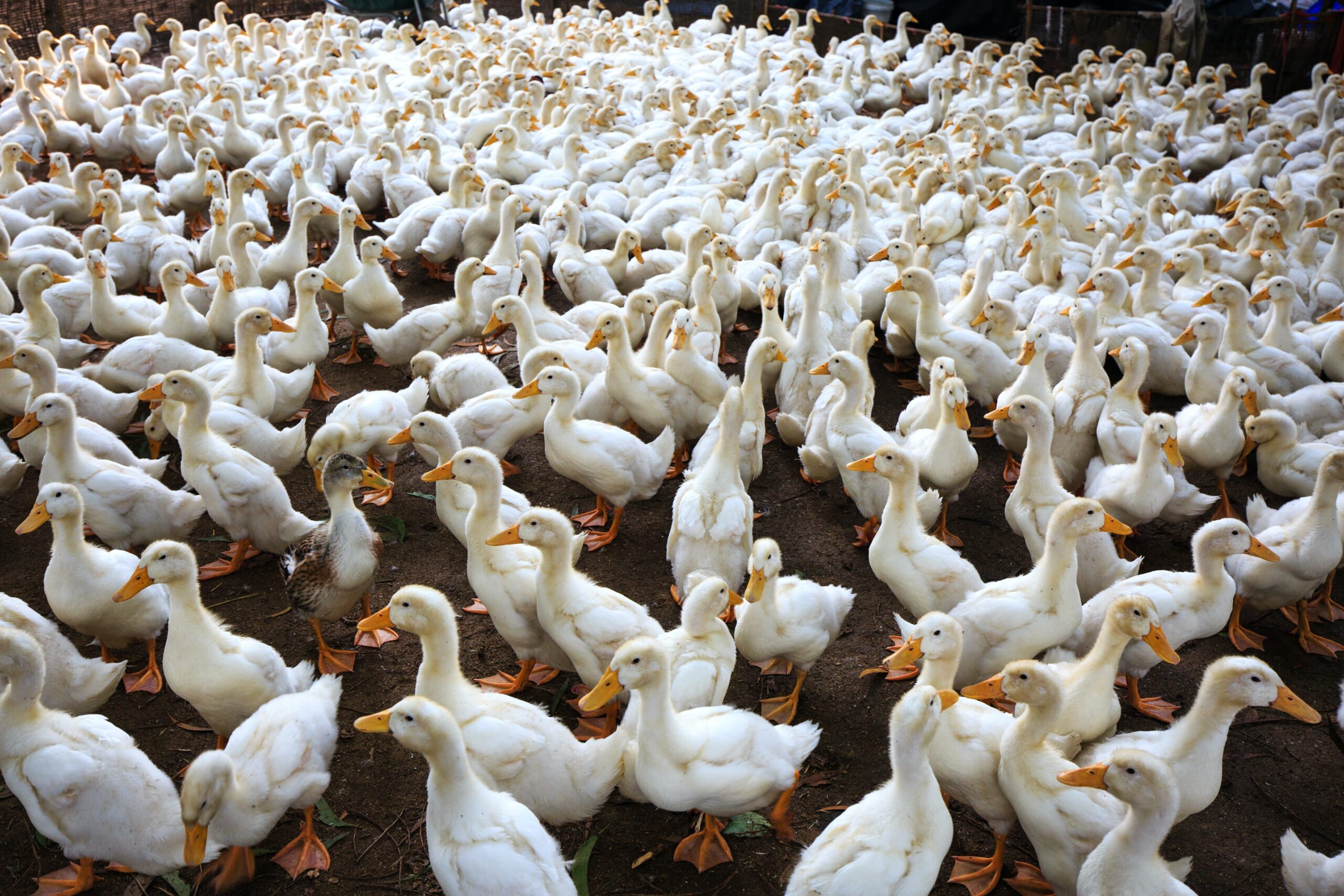Signs and Indicators of a Problem
Some indicators that an agroterrorism event has or will occur can include:
- Obvious signs of tampering, entry into vulnerable areas, tire tracks or shoe prints around product/input storage areas, water supplies, animal housing areas.
- Animals showing signs of illness, unusual behavior, lameness, or symptoms of those diseases considered to be important foreign animal diseases (like FMD).
- Crops showing signs of unusual disease or other stressors – particularly given the season and environmental conditions (e.g. you would not expect crops to be wilted in the early spring if moisture levels are adequate or showing signs of “ripening” early in the season).
- Reports from workers, neighbors, or family of unusual traffic near worksite, suspicious activity, or trespassers.
- Open bags, empty containers, and other trash in vulnerable OR remote locations (could also be a sign of meth lab activities).
- Threats (by phone, mail, e-mail) to local, state, or national government authorities, individual producers, or ag industry leaders.
Know Who to Call
Knowing who to call in the event that an agroterrorism incident has occurred is crucial to reducing harm. The responsible authorities will vary from state to state, so you will need to develop your own contact list. This will require a bit of homework, but learning the “who’s who” of emergency response is an important learning and planning process. EDEN has developed two forms to help you plan and prepare for agricultural emergency events and incidents: a Biosecurity Emergency Phone Number and Contact List and an Emergency Procedures Checklist. These forms are two of the many planning resources included in EDEN’s on-line Plant BioSecurity Management Course, developed by University of Missouri Extension.
Some emergency preparedness guidelines include:
- In the event of an obvious incident that is in progress or is a threat to personal/public health and safety, call 911.
- Provide as many details to the operator as possible including specific location, details of the event being observed, descriptions of people/vehicles/activities, and other pertinent information.
- If you are a livestock producer and discover that animals in your care are ill, lame, or showing other unusual symptoms, contact your veterinarian immediately. Vets are a key first-line defense to our agricultural security system.
- If a crop or plant-related issue is suspected, many local Extension agents/educators have received training and can help as a first responder. Most states maintain plant and animal disease diagnostic laboratories with staff trained to respond to these types of emergency events. Your local Extension office should know who to contact.
- Depending on state and type of incident, your state’s lead agency in the event of an agroterrorism incident might be a
- Department of Agriculture, Health, Public Safety or Board of Animal Health (in Minnesota or Indiana).
- Check ahead of time to see if your state has a central contact number for reporting such incidents.
- If an event HAS occurred, it is important that you (and workers and family members) stay AWAY from the actual site to avoid disturbing evidence. A site where an agroterrorism event has occurred may also be unsafe because of the presence of hazardous chemical or biological agents.
Local, State, and Federal Authorities
National Level:
The lead federal agency in safeguarding American livestock and poultry health, and in responding to a foreign animal, emerging or re-emerging disease, is the USDA-APHIS, Veterinary Services Division (VS). Veterinary Services protects and improves the health, quality, and marketability of our nation’s animals, animal products and veterinary biologics by:
- Preventing, controlling and/or eliminating animal diseases, and
- Monitoring and promoting animal health and productivity
APHIS’ Plant Protection and Quarantine, the Federal response agency for plant health emergencies, develops and delivers strategic science-based regulatory programs designed to protect US crops and natural resources.
The National Center for Imports and Exports division of APHIS prevents animals carrying disease from entering our country. The NCIE is charged with inspecting animals presented at the border and regulate the import and export of animals and animal products.
The Office of Customs and Border Protection division of the Department of Homeland Security inspects shipments as they enter our ports to prevent the entry of weapons or products that may be used for bioterrorism.
State Level:
The lead agencies within states charged with responding to a suspected or confirmed agroterrorism incident will vary from state to state. In some states, the lead agency is likely to be the Department of Agriculture (or similarly named agency). In other states, the lead might be a state health department. These agencies will work in close cooperation with various governmental animal and plant diagnostic laboratories in the process of documenting, investigating, and tracking an event.
In addition, each state has a White House-designated lead agency charged with the mission of homeland security. Generally, these are the people in the states’ departments of public safety, another important partner in protecting our agricultural system.
Local Level:
In most situations, the government prefers that the response to emergencies and disaster events be controlled at a local level. Various protocols allow for local officials to request assistance from state, regional, and national agencies that provide further assistance. The specifics of LOCAL response could include personnel representing:
- Local law enforcement
- Emergency medical services
- Firefighters
- Emergency managers (city, county, regional)
- Veterinarians and other health professionals
- Public health
- Extension






